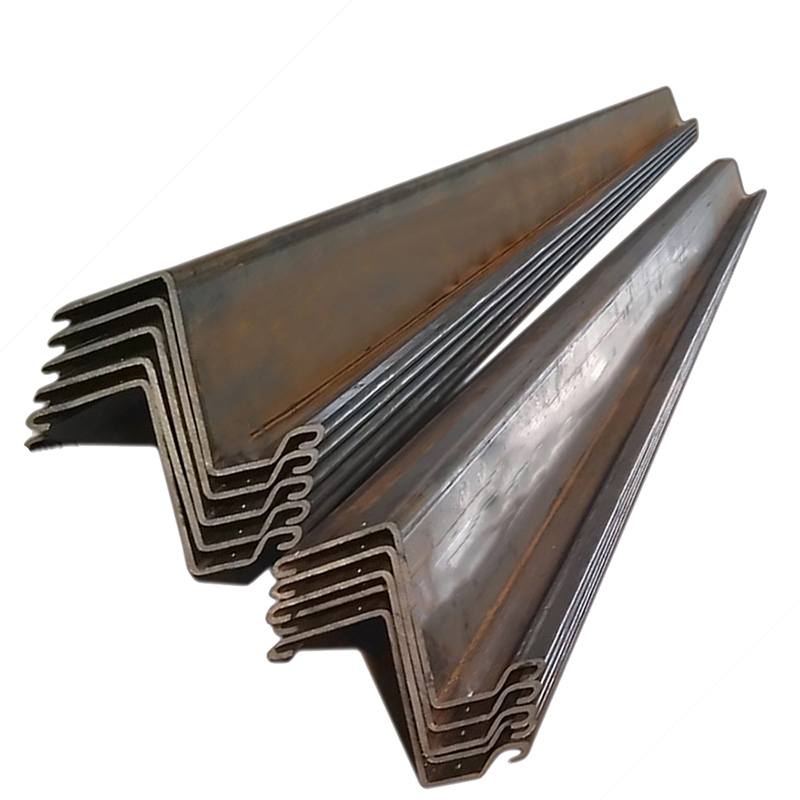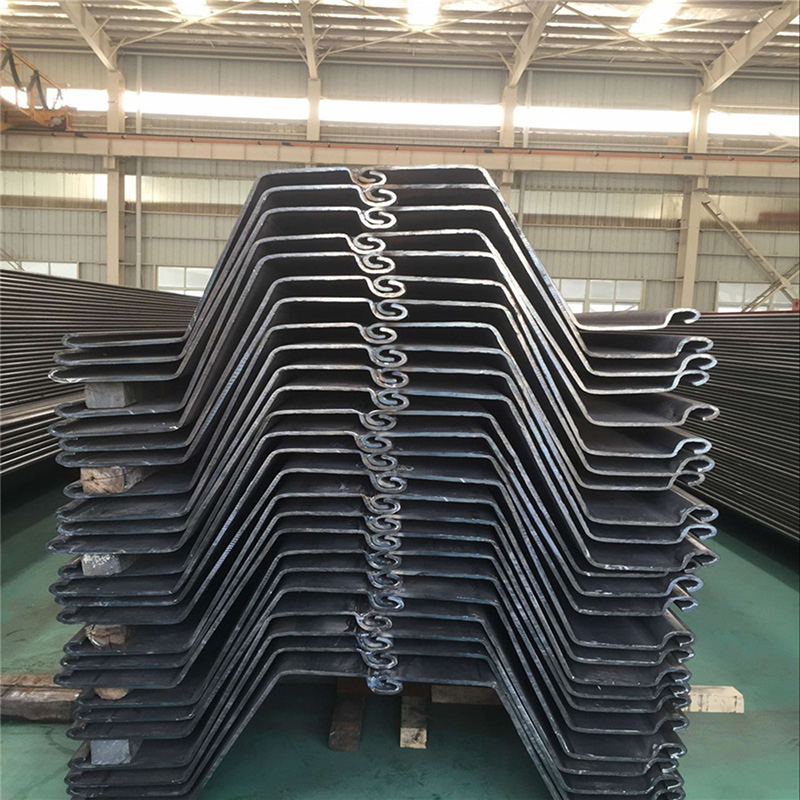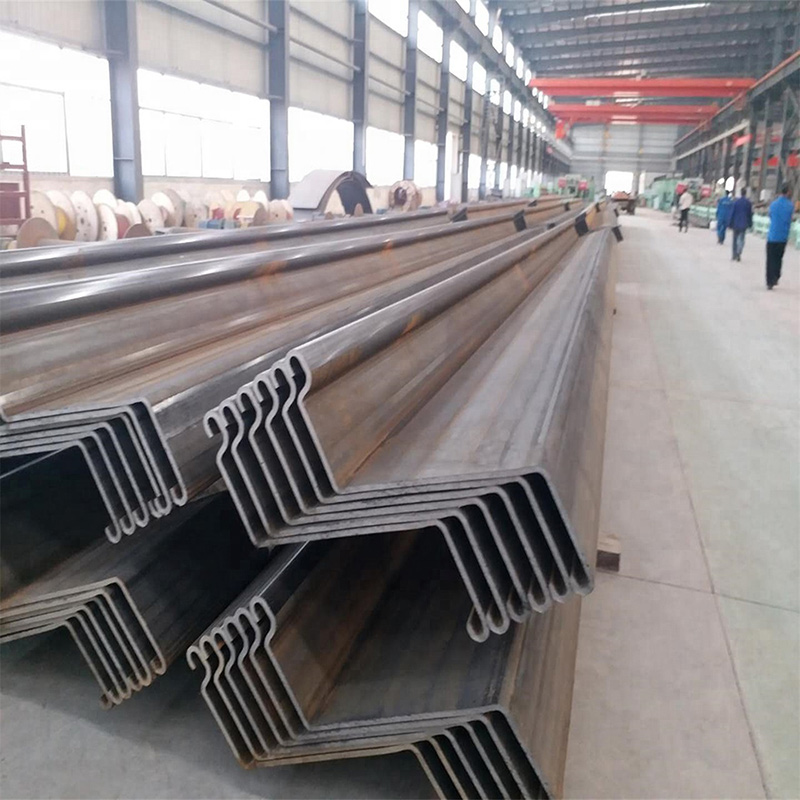Cold Formed Z Steel Sheet Pile For Construction





Cold Formed Z Steel Sheet Pile For Construction
Feature
-
Cold formed Z type steel sheet piles’ process is: a steel billet is heated and rolled in the same manner as hot- rolled sheet pile, but instead of being shaped into the flat, U, or Z sheet pile sections while hot, the coils are left to cool. The hot-rolled coils are then run through a mill and shaped at room temperature into the final Z shape.
1)Place of Origin: Tianjin, China (Mainland)
2)Brand Name: ZHANZHI
3)Standard: EN10249
4)Type: Z type sheet pile
5)Technique: cold formed
6)Length: Any Length


1) The section width is large, and the pile sinking effect is remarkable.
2) The section modulus is large.
3) The higher moment of inertia enhances the rigidity of steel sheet pile wall and reduces the structural deformation.
4) Excellent anti-corrosion effect.
5) The construction is simple and the construction period is shortened.
6) Using steel sheet pile materials can simplify the complexity of inspection materials and system materials.
7) More readily available: Cold-Formed sheet piles are produced at higher quantities than hot-rolled sheet piles, increasing the number of rolling dates to choose from. Typical production time is 2 weeks
8) Cost-effective: Cold-Formed sheet pile is about 30-40% less expensive to produce than hot-rolled sheet pile
9) Less expensive to transport: Due to the larger number of cold- formed sheet pile manufacturers, there is a higher chance that you can find a mill located nearby than if you were to purchase hot- rolled sheet piles. Additionally, the larger selection of cold-formed sheet piles may allow you to find sections with a section modulus closer to your design specifications without a large increase in weight
10) More flexibility in positioning: Cold-formed sheet pile interlocks allow for a 25-degree rotation, rather than the 7-to-10-degree rotation allowed with hot-rolled sheet pile using ball-and-socket interlocks
Cold formed Z steel sheet pile is widely use in flood project, construction project, wharf construction and so on.

Application
As China metal materials industry leading enterprises, the national steel trade and logistics "Hundred good faith enterprise",China steel trade enterprises, "Top 100 private enterprises in Shanghai”. Shanghai Zhanzhi industry Group Co., Ltd.,(shorted to Zhanzhi Group) takes the" Integrity, Practicality, Innovation, Win-Win " as its sole operation principle, always persist in putting the customer demand in the first place.
- INTEGRITY
- WIN-WIN
- PRAGMATIC
- INNOVATION













